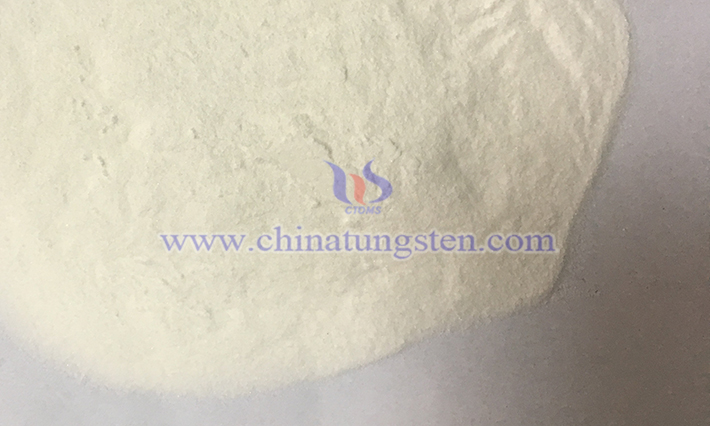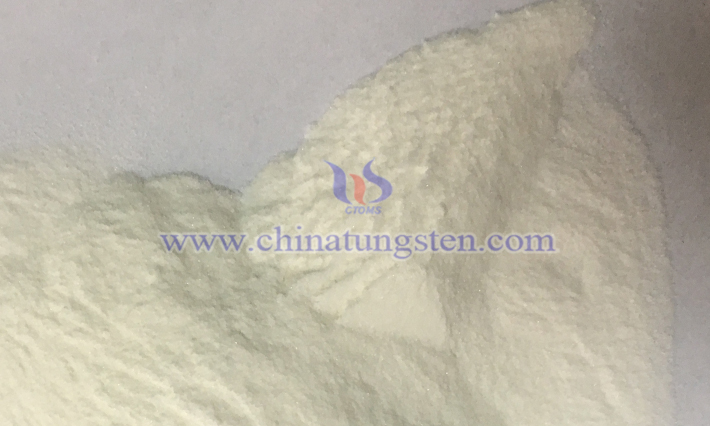What Is the Chemical Activity of Ammonium Metatungstate?
- Details
- Category: Tungsten Information
- Published on Wednesday, 28 May 2025 16:04
Chemical activity refers to the ease with which a substance undergoes a chemical reaction. Ammonium metatungstate (AMT) exhibits chemical activity primarily through its decomposition and transformation behavior under acidic conditions and thermal treatment. As a precursor to tungsten compounds, AMT plays a vital role in industrial applications and chemical synthesis.

AMT is moderately soluble in water, but under acidic or high-temperature conditions, it decomposes to release tungstic acid (H₂WO₄) or forms other poly-tungstate salts, indicating higher chemical reactivity in acidic environments. It remains relatively stable in neutral or mildly alkaline solutions but may convert into other tungstates under strongly alkaline conditions.
The tungstate clusters (tungsten-oxygen anions) in AMT can act as ligands, forming coordination compounds with metal ions such as Fe³⁺ and Cu²⁺. These compounds are often used in catalyst production and functional material synthesis. The WO₃ or mixed tungsten oxides produced through AMT thermal decomposition exhibit catalytic activity in processes such as hydrodesulfurization and methanol synthesis. Their activity is closely related to crystalline phase and particle size.

Upon heating, AMT decomposes and releases ammonia, water, and partial oxygen, forming tungsten oxide (WO₃) or other tungsten oxides. This thermal instability makes it widely used in the industrial preparation of tungsten-based materials, highlighting its high thermochemical reactivity.
The chemical activity of AMT is influenced by environmental pH, temperature, and the nature of reactants. Generally, changes in pH affect its behavior: in acidic environments, AMT tends to form poly-tungstate ions, increasing its structural stability. Elevated temperatures accelerate thermal decomposition, releasing ammonia and forming tungsten oxides. In the presence of reducing agents at high temperatures, AMT can be reduced to metallic tungsten. As a catalyst precursor, its activity is also influenced by the type of coordinating metal ions, which can alter the tungsten-oxygen cluster structure and thus affect the number and nature of active sites in catalytic reactions.
- Chinatungsten Online: ammonium-metatungstate.com
- CTIA GROUP LTD: en.ctia.group
- Tungsten News & Price: www.ctia.com.cn
- Molybdenum News & Price: news.molybdenum.com.cn
- Tel.: 86 592 5129696; Email: sales@chinatungsten.com